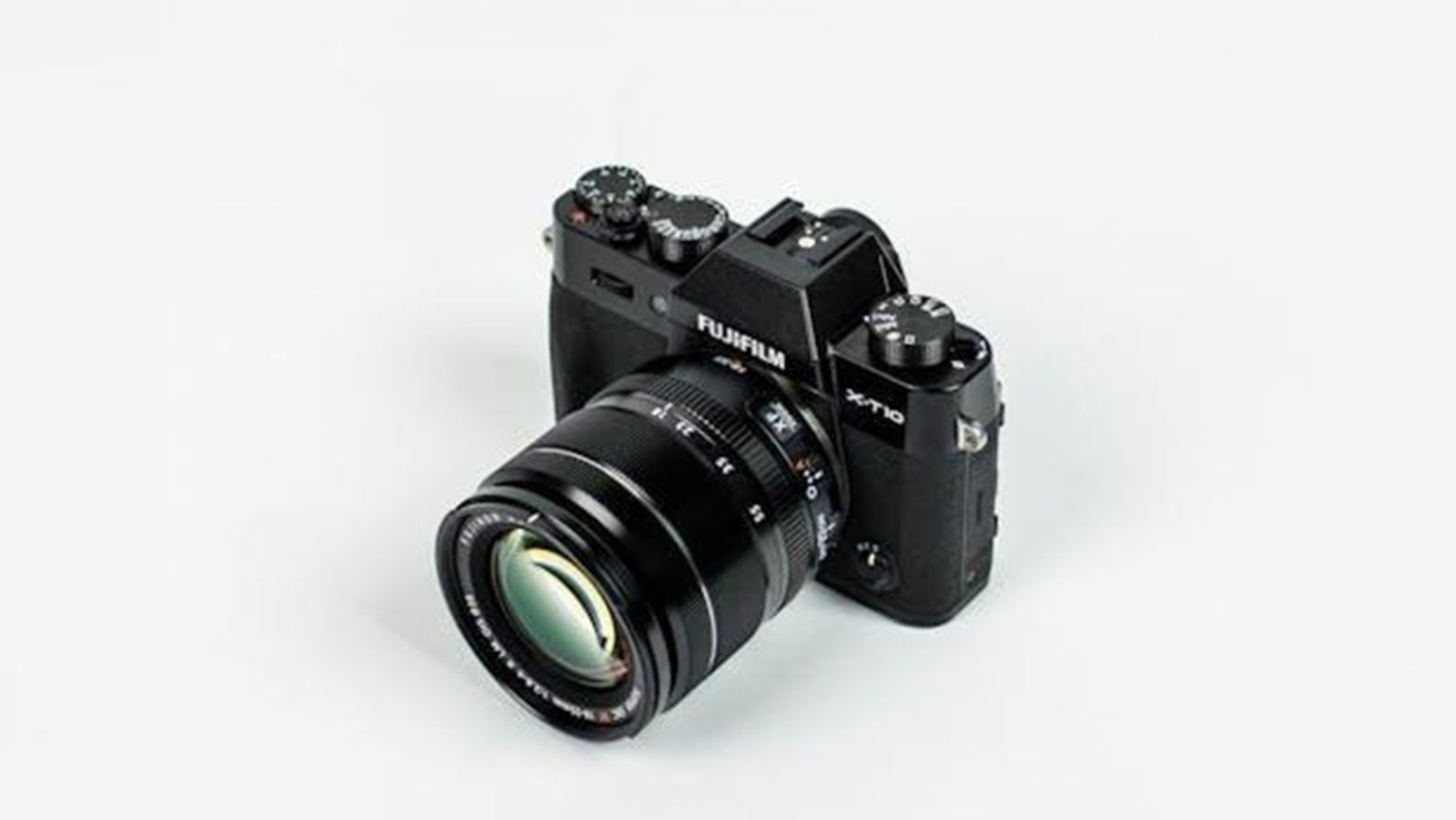Okay, optics have always been important in business, though not to the degree they are now. Visuals have always been important in marketing, of course. But today, if you’re selling products to consumers, you’re competing with everyone on a global scale. And though a service-based business often competes more locally, visuals are no less important. If you want to buy shoes, go to a restaurant, or decide which streaming app to install, crisp, cool visuals will be a major factor. Clunkiness and quirkiness aren’t as acceptable now, and a sleek visual style is expected of pretty much everyone. From entertainment to e-commerce, visual quality has become a competitive advantage. And it shapes how your brand stacks up against the competition in the eyes of the target audience. So, let’s dive into how this happened and what it means for your business.
The Rise of Visual Expectations
Not too long ago, blurry photos or grainy videos were acceptable. Now, they’re deal-breakers. Consumers have been trained, mostly by social media and streaming platforms, to expect high-definition, visually pleasing content as the baseline.
This isn’t just a trend. According to a cross-cultural study, web design influences consumer trust regardless of location. Visual elements, like layout and color, are key to how credible a site appears to users.
Expectations continue to rise as screens get sharper and content becomes more immersive. Even small businesses need to present themselves with the kind of polish that once only big brands could afford.
Tools Once for Pros Are Now in Your Pocket
You don’t need a film crew to produce high-quality videos as you did in the past. And you don’t need a design degree to create great-looking content. Smartphones now come with advanced cameras, and apps like Canva or Adobe Express make design accessible to everyone.
This democratization of tools means the playing field is more level than ever. But it also raises the bar for what people expect. When a local bakery can shoot mouthwatering footage with an iPhone and edit it in minutes, audiences get used to that level of polish, even from small operations.

To realize how these tools have evolved and helped shape visual standards, you only need to examine the evolution of camera technology. It’s a great reminder of how far things have come — and how much easier it is now to meet high expectations.
Why Visual Quality Has Become a Competitive Advantage
Let’s get into the meat of it. Visuals don’t just decorate — they convert. When product images are clear and high-resolution, return rates go down. When branding is consistent and well-designed, people remember it. More people show up when a restaurant posts vibrant, well-lit food photos. It’s not a coincidence. It’s a strategy. This is exactly why visual quality has become a competitive advantage across all industries. It influences trust, boosts conversion rates, and helps brands stand out in oversaturated markets. If your visuals don’t hit the mark, someone else’s will.
Consumer Behavior Follows the Eye
People don’t read every word on a site or product page. They scan. Before diving into the details, they notice colors, layout, spacing, and images. Studies in behavioral science show that the brain processes visuals 60,000 times faster than text. That means first impressions happen fast, and they stick. A well-shot image or clean layout can signal quality, reliability, and attention to detail instantly.
This is especially important in crowded digital spaces. Think about e-commerce platforms. Hundreds of brands are fighting for attention. Clear, visually appealing listings are more likely to get clicks and conversions than those with generic or cluttered visuals.
Branding Through Visuals
It’s not just about having nice photos. It’s about being recognizable. Visual consistency is a huge part of branding. The fonts, colors, photo styles, and layout you use help create a brand identity. When that identity is strong, people remember you. And in a market where attention is short and loyalty is fleeting, memorability is a serious edge. Take Apple, for example. Their visual branding is minimalist, clean, and instantly recognizable. The same goes for brands like Nike, Airbnb, and Netflix. Their visual language speaks as loudly as their copy. For smaller brands, visual consistency can be a shortcut to looking professional, even if the team behind it is just a few people working from laptops.
Industries Where Visuals Make or Break Success
Let’s talk specifics. Some industries rely more on visuals than others, but the reach is growing.
- Retail & Ecommerce: Product photography can make or break a sale. High-resolution photos and deep zoom are the norm.
- Hospitality: Hotels and travel companies use high-quality photos to sell experiences. So do restaurants, on a more local level.
- Real Estate: Listings with professional photos get more views, and 3D visualizations are especially popular. They show the property in more detail than was possible before.
- Healthcare and Wellness: Clean visuals create trust and help clients feel more comfortable.
- Tech and SaaS: Sleek UI screenshots and product demo videos are now standard in-app marketing.
The gist of it? Regardless of the sector, visual quality has become a competitive advantage by influencing how users perceive credibility and professionalism.
Balancing Aesthetics With Substance
Now, it’s important to say this: great visuals can’t cover a poor product or bad service. They get people in the door and improve the customer experience, but they don’t guarantee loyalty.
There’s also a trap in going overboard — focusing so much on the look that you forget the function.

It’s tempting to design everything to perfection, but if that delays launches or makes systems harder to use, it backfires. The goal is alignment. Your visual quality should reflect the quality of your offering. Clean visuals for a clean process. Creative design for a creative brand. Honest imagery for a trust-based service.
Staying Ahead in a Visual-First Market
So, where do you go from here? Start by auditing your current visual assets. Are they consistent? Are they high-resolution? Do they reflect your brand’s tone and values? Then, figure out what’s missing. Maybe it’s a lack of quality images. Maybe it’s inconsistent colors or outdated design. The bottom line? Visual quality has become a competitive advantage, and it’s not going away. Whether you’re a solo creator or a growing business, showing up well visually isn’t a luxury anymore — it’s a strategy.
https://www.pexels.com/photo/black-fujifilm-dslr-camera-90946/
Main kw: visual quality has become a competitive advantage
Meta description: Learn how visual quality has become a competitive advantage, and how it’s changing how brands win attention and trust.
















